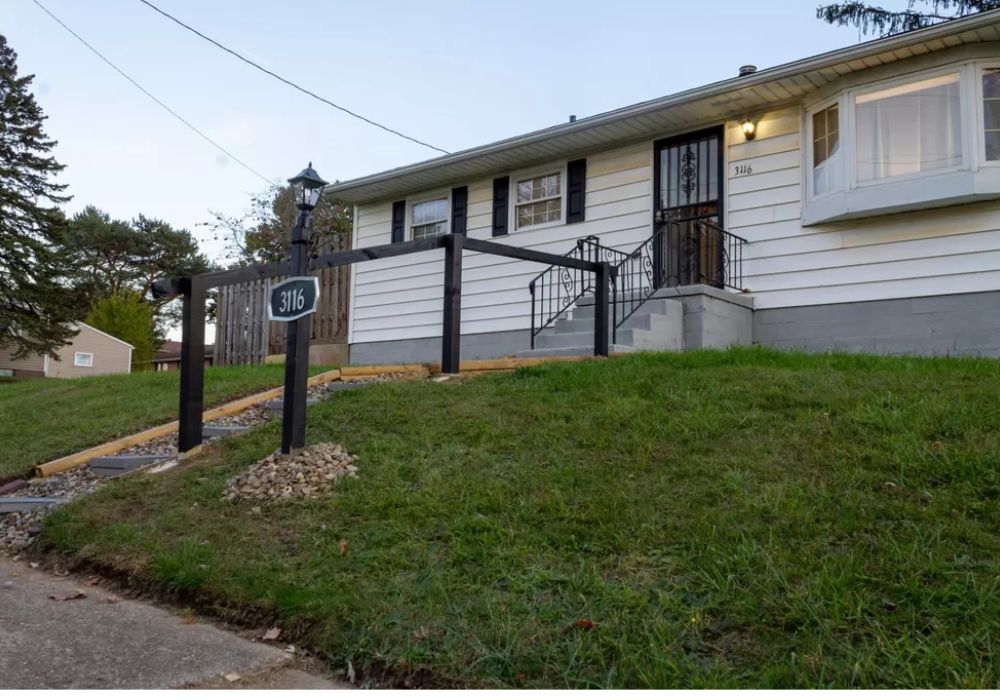In a recent development that has sent shockwaves through Vietnam's financial sector, Truong My Lan, a prominent real estate tycoon, has been sentenced to death for her involvement in a massive financial fraud case. Let's delve into the details of this case and its implications.
Truong My Lan: The Rise of a Real Estate Tycoon
Truong My Lan started her career as a humble market vendor in Ho Chi Minh City during the 1980s. When Vietnam began transitioning to a market economy under the Doi Moi reforms, she seized the opportunity to enter real estate.
With little capital but strong ambition, Lan bought and flipped properties, gradually building a portfolio of residential and commercial holdings. Through shrewd deal-making and development acumen, Lan expanded her portfolio significantly over the next two decades.
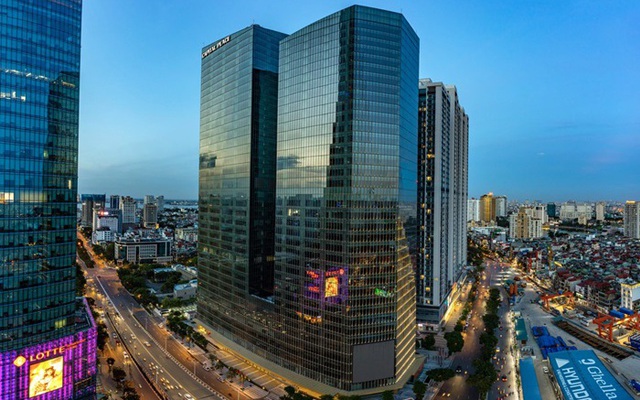
In 1992, she formally established the Van Thinh Phat Group, overseeing a range of high-end projects like the landmark Windsor Plaza Hotel. The company's success transformed Lan into one of Vietnam's wealthiest businesspeople and most prominent real estate barons.
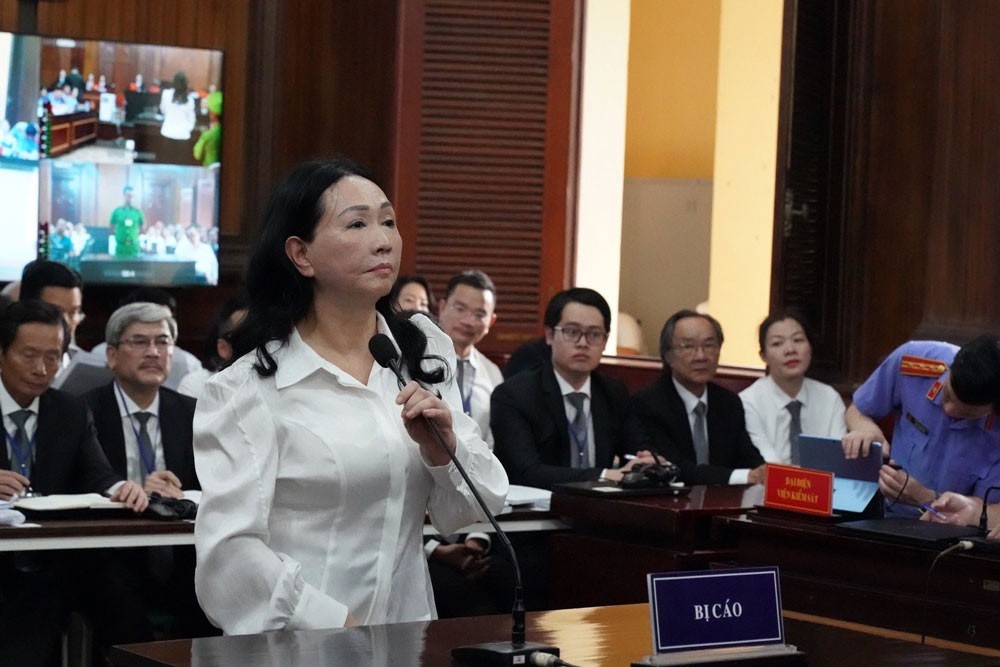
By leveraging her growing wealth and experience, Lan strategically invested in other industries like agriculture, manufacturing, and finance. She eventually took control of Saigon Commercial Bank in the early 2010s.
With this foothold in the banking sector and her sprawling real estate business, Lan wielded immense indirect influence over Vietnam's economy for around a decade as chairwoman of Van Thinh Phat Group.
However, Lan's apparent corruption and fraudulent activities, for which she was sentenced to death, marred this incredible rags-to-riches story. Her stunning fall revealed the murky underside of power and wealth accumulation through opaque means in Vietnam's fast-growing business landscape.
Related: Exploring Sam Bankman-Fried's Bahamas Real Estate Saga
The $12 Billion Fraud Case Unveiled
Truong My Lan's influence over Saigon Commercial Bank allowed her to orchestrate an intricate embezzlement operation on a massive scale. Leveraging her position as the bank's largest shareholder and chairwoman of its board, Lan exploited loopholes and abused her authority.
She artificially inflated the bank's loan portfolio by approving fake loans worth billions to her own companies and business partners. These loans were taken out fraudulently with no intention of repayment. Lan also created shell firms solely to take out loans that would funnel back to her personal accounts.
To cover her tracks, Lan bribed government officials to turn a blind eye to glaring regulatory and liquidity issues at the bank. She even manipulated the auditing process to hide the non-performing loans from damage reports.
As billions went missing, the bank started defaulting on international debt obligations. An investigation was launched when the bank couldn't make a $500 million bond interest payment in 2022.

Auditors then uncovered the intricate web of embezzlement, bribery, and money laundering that Lan had meticulously orchestrated for years. Her high-level allies were also complicit in the plundering of depositor savings.
At an estimated $12 billion, it was revealed to be the largest ever financial crime in Vietnam's history.
The elaborate scheme highlighted the fragile transparency and vulnerability of its developing banking system to corruption from within. Lan's crimes dealt a major blow to confidence in the economy.
Conviction and Sentencing: Facing the Consequences
The trial of Truong My Lan and her co-conspirators was a high-profile event that captured the country's attention.
Over several months, prosecutors methodically laid out evidence of Lan's elaborate financial schemes and cultivation of corrupt patronage networks. Despite denying all charges, overwhelming documentation proved her central role in the $12 billion heist.
In delivering its verdict, the Ho Chi Minh City court was uncompromising. It described how Lan had completely undermined internal controls and exploited loopholes for personal gain.
The scale of embezzlement - siphoning billions from the bank - shocked the public and highlighted the extensive criminal planning. Given the severity of Lan's crimes, their massive economic impact, and her abuse of power and authority, the death penalty was deemed proportional.
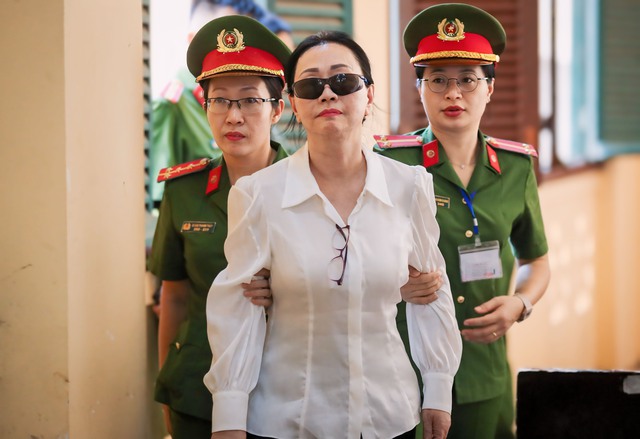
She was handed a capital sentence for the embezzlement charge. Further acknowledging her guilt, 20-year prison terms were also imposed for banking violations and bribery.
The harsh punishments sent a clear signal that high-level white-collar crimes would not be taken lightly.
It reinforced the Party's resolve to crack down on corruption threatening Vietnam's political stability and development. While Lan can appeal, the trial outcome represented a pivotal moment that damaged her public image and sealed her fate.
Related: Unveiling the Hypocrisy: Stewart's Questionable Real Estate History
Impact on Saigon Commercial Bank and Beyond
Truong My Lan's embezzlement scheme dealt a massive blow to Saigon Commercial Bank. The $12 billion stolen through fraudulent loans equated to over 90% of the bank's assets. Such extensive theft wiped out reserves and left it technically insolvent.
Without disclosed non-performing loans, the full extent of the problems wasn't evident. But once uncovered, the damage was clear - it missed debt payments, struggled to meet depositors' withdrawals, and verged on collapse. The ensuing bank run further aggravated its crisis, forcing government intervention.
Valuing customer loss and cleanup costs, total financial damages were estimated at $20 billion by the court. This was a staggeringly large sum, equal to about 5% of Vietnam's entire GDP at the time.
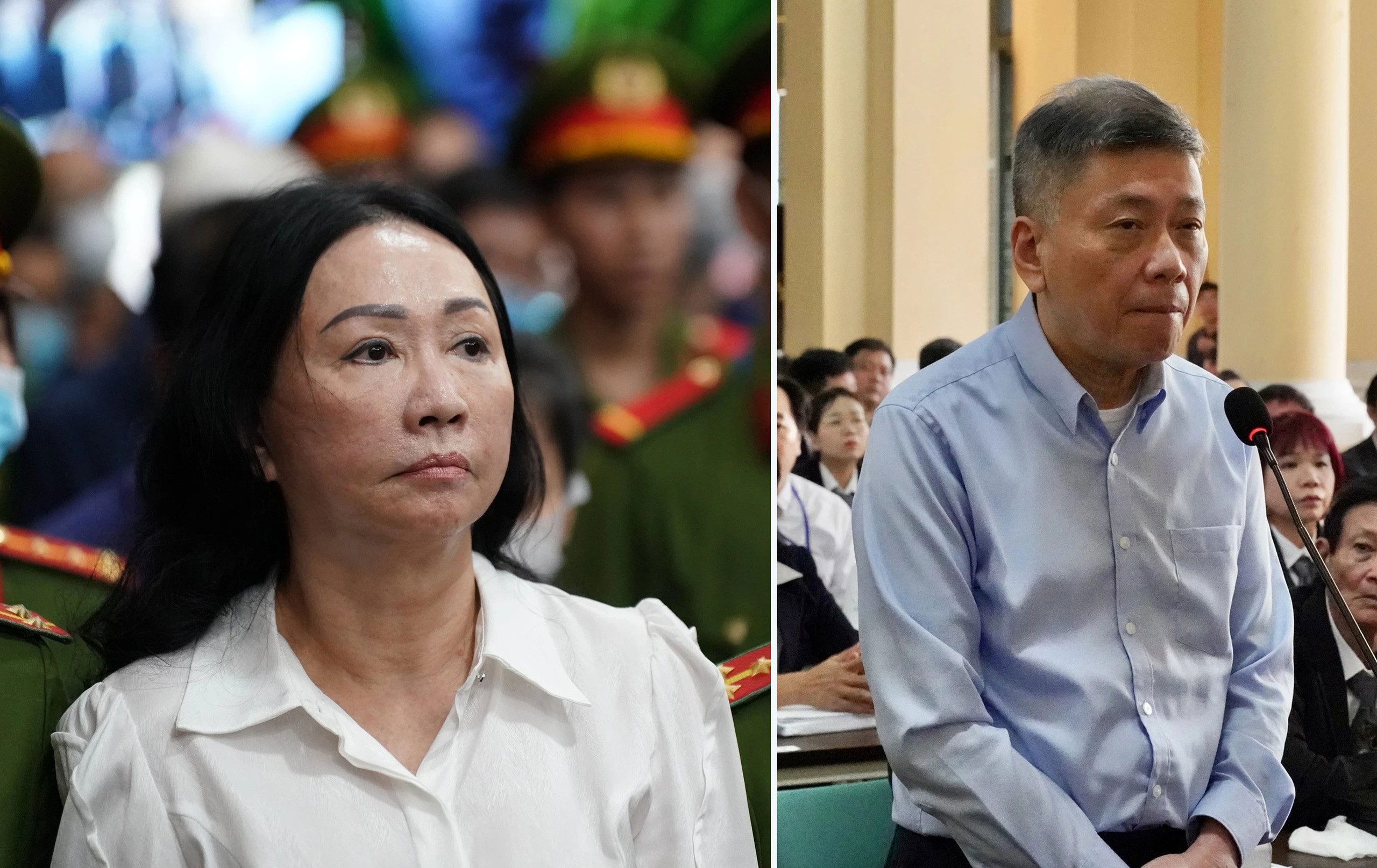
Beyond the bank, its deterioration sent shockwaves through the industries it financed. Companies suddenly lost crucial credit lines, projects halted, and jobs were lost. The property sector was among the hardest hit.
Confidence in the economy also fell. Investors reconsidered Vietnam's banking oversight and policy stability.
The scam tainted perceptions of its anti-corruption drive and high-growth narrative. Recovery would require intensive reform and reassurance nationwide.
Lan's greed had single-handedly inflicted colossal financial and reputational damage through corrupt abuse of power and position.
Vietnam's Anti-Corruption Campaign: A Broader Context
Truong My Lan's case was a high-profile prosecution under Vietnam's anti-corruption drive launched in 2016. Headed by Party General Secretary Nguyen Phu Trong, the campaign targets abuses of power for personal gain across government, politics, and business.
Corruption has become a serious issue as Vietnam transitions to a market economy and opens further to foreign investment. Scandals undermine citizens' faith in reforms and state institutions, posing a legitimacy threat to one-party rule.
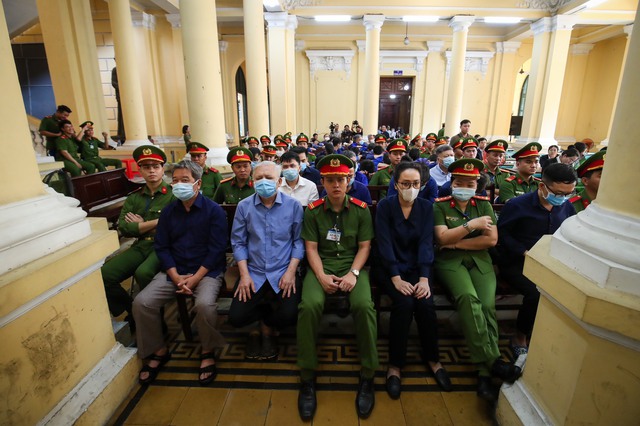
The campaign seeks to maintain political stability and address popular grievances over inequality as some elites amass wealth through backdoor deals and embezzlement. High-level prosecutions of former senior officials signal the Party's commitment to crack down on systemic corruption enabling crony capitalism.
Lan's death sentence specifically amplified these goals, impressing upon the public and elites that no one is above the law. Her case resonated due to the scale of theft and audacity shown.
Through selective enforcement, the campaign also serves politically to eliminate opponents.
However, it has achieved some gains like reining in local corruption and recovering stolen assets, pleasing citizens frustrated with endemic graft. Overall it shores up credibility of the Party's reform agenda.
Related: Resilience in Real Estate: Lessons from Diddy's Home Raids
Crackdown on Corruption: A Multi-Faceted Approach
The prosecution of Truong My Lan demonstrates Vietnam's zero-tolerance approach to corruption at all levels of power and influence. Besides criminal charges, the anti-graft campaign utilizes diverse tools to strengthen oversight and promote good governance.
New and revised legislation has introduced stronger penalties for corruption-related crimes while facilitating more open disclosures of officials' assets. Independent anti-corruption agencies like the Government Inspectorate play a role in investigations.
Greater participation of news media and civil society helps expose wrongdoing through public watchdog efforts and investigative reporting on sensitive cases. Transparency portals also now publish more data on matters like land concessions and procurement contracts.
Within the government apparatus, inspections root out misconduct while restructuring Party commissions aims to curb nepotism. Officials are periodically reviewed and some are dismissed for poor performance or integrity breaches.
Training programs propagate anti-corruption values. Whistleblowing systems encourage reporting of violations. International cooperation on legal assistance and extraditions further tackles complex economic crimes.
Legal Recourse and Possible Outcomes
As per Vietnamese law, Truong My Lan has 15 days upon receipt of the verdict to lodge an appeal questioning its factual or legal basis. Her defense lawyers will cite procedural issues and argue for a lighter sentence due to a perceived lack of solid evidence.
The appeal will be heard by a higher people's court. If it upholds the original ruling, the death sentence cannot be further appealed and will be imposed.

However, the President can grant clemency commuting it to a life term in exceptional cases. If her legal challenges are exhausted unsuccessfully, Lan will become one of the few high-profile white-collar criminals executed for corruption-related offenses in Vietnam.
Her highly publicized case would strengthen the signal that even the wealthy and well-connected cannot evade ultimate accountability. It would solidify Vietnam's zero-tolerance approach amid ongoing reforms.
Conclusion
The sentencing of Truong My Lan underscores the gravity of financial fraud and corruption in Vietnam's business landscape. As the country strives for economic progress and stability, the pursuit of justice and transparency remains paramount. This case serves as a reminder of the importance of ethical conduct and accountability in fostering trust and integrity within society.
Source: Vietnamese Real Estate Tycoon Sentenced to Death in $12 Billion Fraud Case | NY Times



